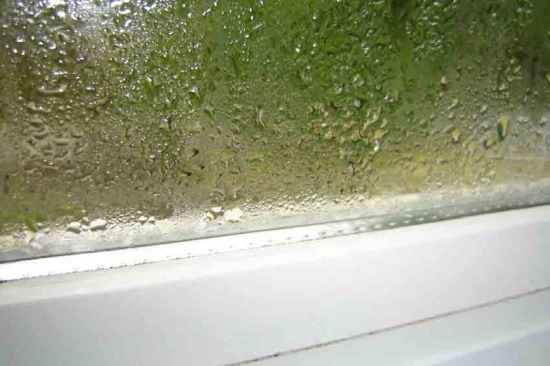


If you have noticed a buildup of window condensation around your Cincinnati home, you have reason to worry. Window condensation is a sign of moisture, which can lead to mold and other problems in the long run. However, not all condensation is cause for concern. Some condensation is perfectly normal and temporary. Here’s what you need to know about the different types of window condensation and how they affect you.
What Causes Window Condensation
The first thing you need to understand is that window condensation is caused by a change in temperature at the point the air touches the glass. Usually, this happens when it is cold outside and your indoor air is warm and moist. The warm indoor air touches the cold glass and immediately starts cooling down, causing the water vapor in the air to turn into actual water droplets on your window. However, the same can happen if it is very hot and humid outside, and your indoor air is very cool. This will cause the condensation to form outside the window pane. In general, this type of condensation is temporary and you don’t have much to worry about because it will go away when the temperature stabilizes.
If you are concerned about temporary condensation in your windows, the best way to prevent it is by choosing replacement windows that have good insulating properties. Triple pane windows may offer superior insulation to dual-pane windows, but they are more costly.
Problem Condensation
While the above example showed how condensation can form temporarily on windows, there are several situations where permanent condensation can form. This typically happens in dual or triple pane windows that have damaged seals. When this occurs, condensation builds up between the window panes and can permanently obstruct your view through the window. If condensation continues to build up in this space, it could cause a water leak down into the window frame and wall space, which will eventually cause rot and mold.
If you are noticing signs of permanent window condensation in your Cincinnati home, you may need to plan on a replacement. Most windows of this type cannot be easily cleared out or resealed. The only way to fix the problem for good is to completely replace the window unit with a newly sealed model.
The first step to keeping your Cincinnati home safe is understanding the difference between temporary and problematic condensation. Now that you know the differences, you can also inspect your windows to determine whether you have permanent damage between the panes. If so, it’s time to call Renewal by Andersen for your free consultation and protect your home from condensation before it’s too late.